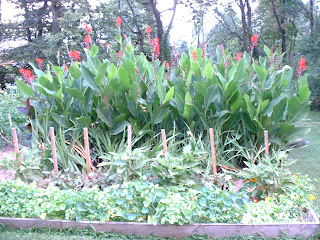 I am both pleased and honored to be able to announce that two of my quilts are going to the 39th Annual NQA Quilt Show in Columbus, OH in June. "White Mulberry", above, will be part of a special invitational exhibit, Contemporary Colorations: the WOW Factor. Here's part of the Thematic Statement: This exhibit presents a selection of 20 contemporary quilts that exemplify a masterful use of color. The “wow factor” may be stunningly eye-popping, insidiously subtle, pleasantly enveloping, or just out and out gorgeous. To say I am thrilled to be included would be an understatement!
I am both pleased and honored to be able to announce that two of my quilts are going to the 39th Annual NQA Quilt Show in Columbus, OH in June. "White Mulberry", above, will be part of a special invitational exhibit, Contemporary Colorations: the WOW Factor. Here's part of the Thematic Statement: This exhibit presents a selection of 20 contemporary quilts that exemplify a masterful use of color. The “wow factor” may be stunningly eye-popping, insidiously subtle, pleasantly enveloping, or just out and out gorgeous. To say I am thrilled to be included would be an understatement!Also going to NQA will be "The Fledgling", below, as part of the Sacred Threads exhibit. Sacred Threads "is an exhibition of quilts exploring the subject themes of spirituality, joy, inspiration, peace/brotherhood, grief and healing. This biennial exhibition was established to provide a safe venue for quilters of all faiths who see their work as a connection to the sacred and/or as an expression of their spiritual journey." I believe very strongly in the purpose and value of this venue, and am glad that it is receiving additional exposure. Selected works from the 2007 exhibit were shown at the IQA festival in Houston last fall, and are now also traveling to NQA.
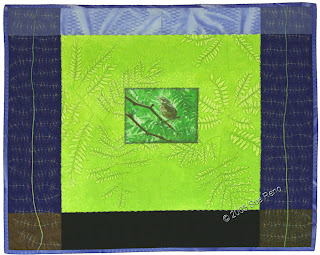
Detail shots and more information for "White Mulberry" and "The Fledgling" can be found at my website.
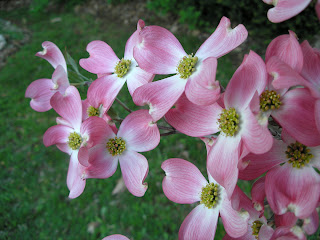
 It's embellished with hand embroidery and beads. For the same book, I made a heliographic print of the leaves onto silk:
It's embellished with hand embroidery and beads. For the same book, I made a heliographic print of the leaves onto silk: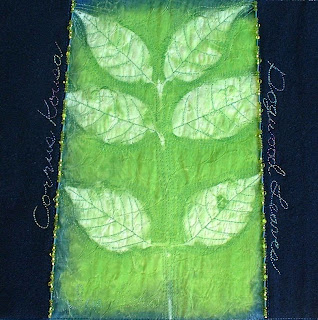
 A neighborhood cat, who apparently either knows how good she looks, or is the feline equivalent of
A neighborhood cat, who apparently either knows how good she looks, or is the feline equivalent of 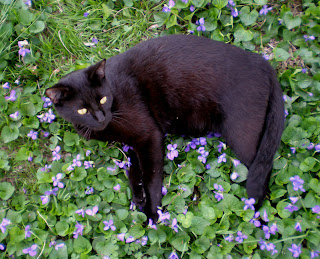


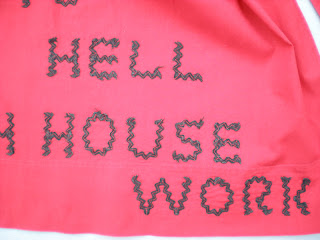


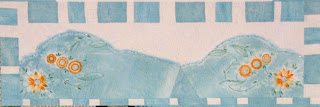





 These images are either hopeless saccharine, or retro-chic; take your pick. They don't seem to have a direct correlation to the kind of images I work with now, but household items like these were part of my childhood and are now part of my visual lexicon. And they make me happy. Thanks again, Diane!
These images are either hopeless saccharine, or retro-chic; take your pick. They don't seem to have a direct correlation to the kind of images I work with now, but household items like these were part of my childhood and are now part of my visual lexicon. And they make me happy. Thanks again, Diane!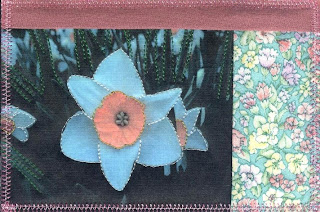
 Living in Lancaster County, I have become a bit blase about many of the sights the tourists thrill to, but one thing I still find extraordinary is the spring plowing. There are many Amish and Mennonite sects that employ technology and machinery in varying degrees, but the most conservative of them still employ mules for plowing.
Living in Lancaster County, I have become a bit blase about many of the sights the tourists thrill to, but one thing I still find extraordinary is the spring plowing. There are many Amish and Mennonite sects that employ technology and machinery in varying degrees, but the most conservative of them still employ mules for plowing.


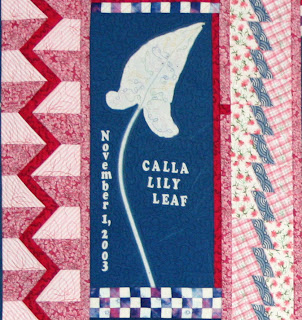

 Both of the above are from old table runners I found at the flea market. So many ideas, so little time.....
Both of the above are from old table runners I found at the flea market. So many ideas, so little time.....
 I bought the bulbs at the farmer's market a few days ago, for the incredible bargain price of $1 each. I'm not certain what variety they will be, but any calla is a good calla.
I bought the bulbs at the farmer's market a few days ago, for the incredible bargain price of $1 each. I'm not certain what variety they will be, but any calla is a good calla.
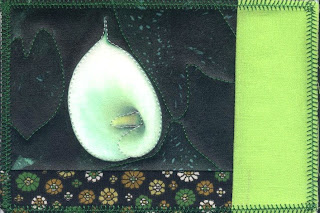 A bit more of my 50's stash is on the bottom of this one.
A bit more of my 50's stash is on the bottom of this one. And a detail from Pink Calla Leaf:
And a detail from Pink Calla Leaf: More on callas tomorrow.....
More on callas tomorrow.....





 In front are salvias, then rainbow Swiss chard and other greens and herbs, then a variety of peppers, pole beans, and tomatoes in the background.
In front are salvias, then rainbow Swiss chard and other greens and herbs, then a variety of peppers, pole beans, and tomatoes in the background. 